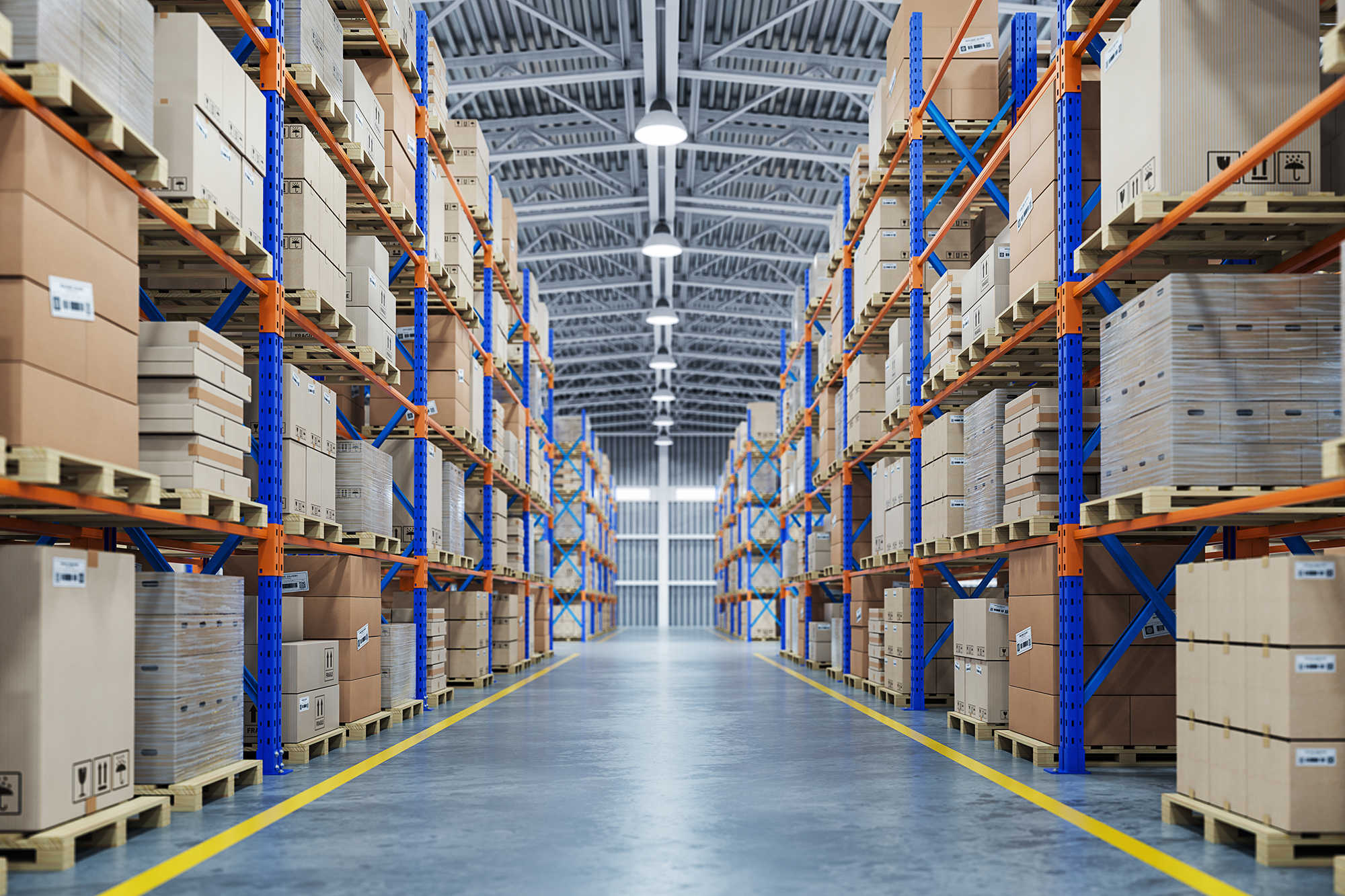Logistics network design is crucial for optimizing the supply chain, aiming to balance efficiency and costs while improving the distribution of products and services. With a well-designed network, companies can reduce expenses, enhance customer service, and quickly adapt to changes in the global market.
The process of designing logistics networks involves the strategic selection of facility locations, inventory management, and transportation optimization, which significantly impacts storage and shipping costs while maintaining optimal stock levels.
By using advanced tools and sustainable approaches, companies can develop flexible and resilient logistics networks, prepared for future challenges.
What is Logistics Network Design? – Fundamentals
Logistics network design is an essential component in supply chain planning. It helps structure product distribution efficiently, increasing customer satisfaction through better organization and delivery execution.
This includes demand evaluation and the strategic location of distribution centers and warehouses.
Some key elements in logistics planning include:
- Optimization of transportation routes: Using tools like Eurystic to design efficient routes and reduce costs.
- Efficient inventory management: Maintaining adequate stock levels to avoid shortages or excesses.
- Selection of warehouse locations: Choosing strategic points close to target markets and transportation routes.
- Implementation of advanced technologies: Integrating automation and management systems to improve visibility and responsiveness.
A well-structured logistics network design should be flexible and adaptable, allowing quick adjustments to market fluctuations and changing customer demands.
Key Elements in Planning a Logistics Network
In planning an effective logistics network, one of the most critical elements is risk management. This involves identifying potential bottlenecks in the supply chain and developing contingency plans to minimize the impact of possible disruptions.
For example, an effective storage management strategy includes using product placement policies that reduce handling times and maximize the use of available space. This can be achieved through a combination of dedicated and random storage, adapting product allocation to specific operational needs.
The optimization of material handling is another essential aspect, which can be achieved by integrating advanced technologies. These technologies allow products to be assigned to locations within the warehouse that minimize movement and handling times, thus improving operational efficiency.
Implementing these strategies not only reduces operational costs but also enhances the network’s ability to adapt to changes in demand and market conditions, ensuring continuous and competitive operations.
Advanced Techniques to Optimize Logistics Network Design
The adoption of advanced techniques can enhance the design and efficiency of logistics networks:
- Predictive analysis: Improves demand forecasting accuracy and inventory management, making operations more efficient.
- AI in logistics: Artificial intelligence optimizes route planning and execution, significantly reducing costs and time.
- Advanced software solutions: Tools like those offered by Eurystic allow for real-time logistics route design and adjustment, optimizing costs and improving operational efficiency.
These techniques not only help reduce costs but also improve the logistics network’s responsiveness and adaptability.
Common Challenges in Logistics Network Design
Logistics network design faces numerous challenges, especially in a global environment characterized by demand volatility and rapid market evolution. Overcoming these challenges requires the implementation of innovative and adaptive strategies.
One notable example is adapting to demand volatility, where many companies have opted for agile supply chain strategies. These chains enable quick adjustments in production and distribution levels to respond to market fluctuations.
This is achieved by strategically positioning decoupling points in the supply chain, which allows downstream operations to be flexible and adaptable to demand, while upstream operations are managed more stably and predictably.
Additionally, the implementation of modular logistics solutions has been key for many organizations. Hybrid supply chains, combining lean and agile principles (known as leagile), allow companies to efficiently manage operations with high demand variability.
This modular approach not only optimizes operational costs but also enhances the supply chain’s responsiveness and resilience to market changes.
Integrating Sustainability into Logistics Network Design
Sustainability is becoming an increasingly important component in logistics network design. Strategies for integrating eco-friendly practices include using green transportation, optimizing routes to reduce emissions, and implementing technologies that minimize environmental impact.
Adopting sustainable practices not only contributes to environmental protection but can also improve a company’s image and meet customer expectations, as they increasingly value sustainable shipping and reusable packaging.







